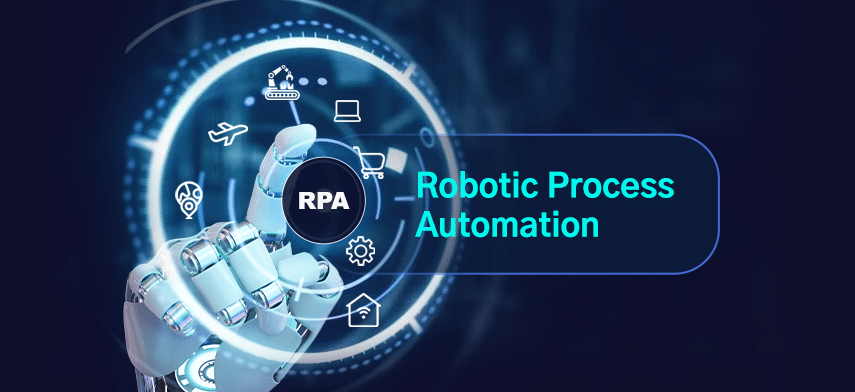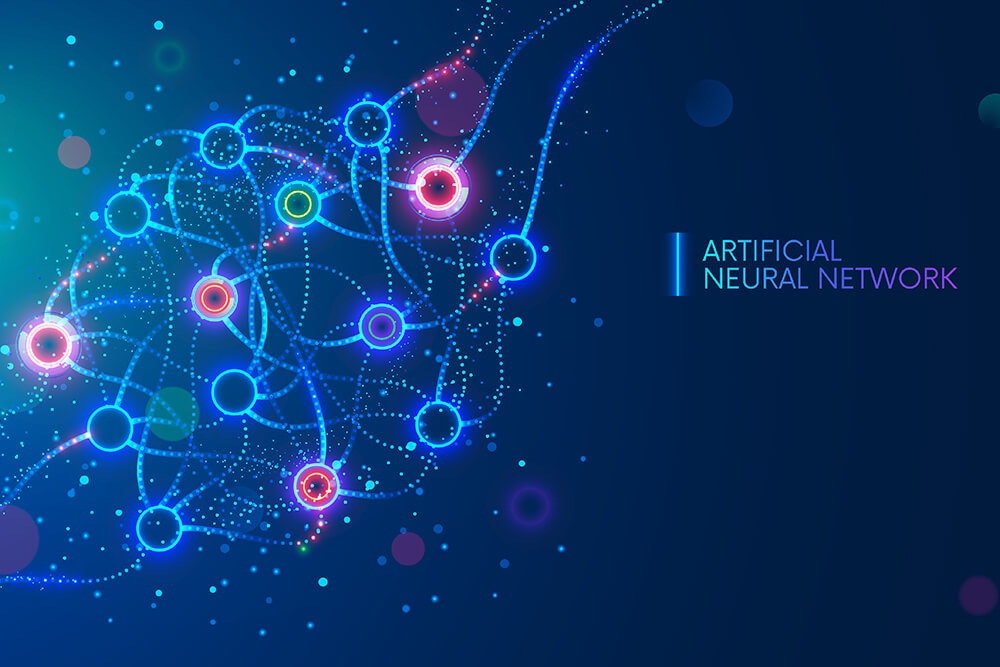The Internet of Things (IoT) refers to the growing network of interconnected devices that communicate and exchange data over the internet. These devices, ranging from smart home appliances to industrial sensors, offer numerous benefits, including increased convenience, efficiency, and automation. However, despite their advantages, IoT devices also come with several drawbacks that must be addressed. This article explores some of the key challenges associated with IoT devices.
Security Vulnerabilities
One of the most significant drawbacks of IoT devices is their susceptibility to security vulnerabilities. Many IoT devices are designed with convenience in mind rather than security, leading to potential weaknesses that can be exploited by cybercriminals. For instance, devices may use weak or default passwords, lack robust encryption, or have outdated firmware that is susceptible to known exploits. The interconnected nature of IoT devices means that a vulnerability in one device can potentially compromise the entire network. This presents a substantial risk to users, as compromised devices can lead to unauthorized access to personal data, financial information, or even control of other connected devices.
Privacy Concerns
Privacy is another major issue associated with IoT devices. Many IoT devices collect vast amounts of personal data, including information about users’ habits, preferences, and daily routines. This data is often transmitted to cloud servers for processing and analysis. While this data can be used to enhance user experience and provide personalized services, it also raises concerns about how this information is stored, managed, and shared. Users may have limited control over their data and may be unaware of how it is used or who has access to it. Additionally, data breaches or unauthorized access to this information can result in significant privacy violations.
Interoperability Issues
Interoperability, or the ability of different devices and systems to work together seamlessly, is a significant challenge in the IoT ecosystem. Many IoT devices operate on different standards, protocols, and platforms, which can create compatibility issues. For example, a smart home system may include devices from various manufacturers, each with its own communication protocols and standards. This can lead to difficulties in integrating and managing these devices, as well as a fragmented user experience. The lack of standardized protocols and interfaces can hinder the seamless operation of IoT devices and limit their overall effectiveness.
High Costs
The cost of IoT devices and their implementation can be a barrier for many users and organizations. While the prices of individual devices may vary, the overall cost of setting up and maintaining an IoT ecosystem can be significant. This includes not only the initial purchase price but also ongoing costs related to maintenance, software updates, and security measures. For businesses, the investment in IoT infrastructure, including sensors, communication networks, and data storage, can be substantial. These costs must be weighed against the potential benefits of IoT technology, which may not always justify the investment for some users or organizations.
Complexity and Usability
IoT devices can introduce complexity into users’ lives due to their interconnected nature and varying degrees of functionality. Setting up and managing IoT devices often requires technical knowledge and understanding of networking concepts. Users may need to navigate complex interfaces, configure device settings, and troubleshoot issues. For those who are not technologically inclined, this complexity can be overwhelming and lead to frustration. Additionally, the integration of multiple devices and platforms can create a cluttered and confusing user experience, which can detract from the intended convenience of IoT technology.
Dependence on Internet Connectivity
IoT devices rely heavily on internet connectivity to function properly. This dependence means that any interruption in internet service can disrupt the operation of IoT devices. For example, a smart thermostat or security camera that relies on an internet connection may become inoperative during a network outage. This reliance on connectivity also introduces potential security risks, as vulnerabilities in the network infrastructure can impact the performance and security of IoT devices. Users must ensure that their internet connection is reliable and secure to maintain the functionality and security of their IoT devices.
Conclusion
While the Internet of Things offers numerous benefits, including enhanced convenience and efficiency, it also presents several notable drawbacks. Security vulnerabilities, privacy concerns, interoperability issues, high costs, complexity, and dependence on internet connectivity are significant challenges associated with IoT devices. Addressing these drawbacks is crucial for the continued development and adoption of IoT technology. As the IoT ecosystem evolves, ongoing efforts to improve security, standardize protocols, and enhance user experience will be essential in overcoming these challenges and maximizing the benefits of IoT devices.



